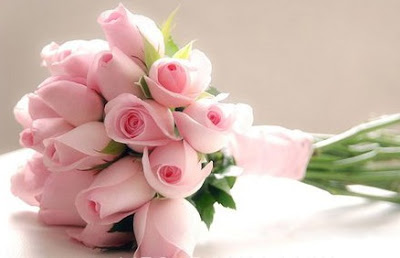
So here goes...
Alstromeria: Strength
Amaryllis: Pride
Anemone: Forsaken
Aster: Elegance and daintiness, virtue, love
Bells of Ireland: Good luck
Bluebell: Humility
Carnation
- Solid colour: Yes
- Striped: No, refusal, sorry I can’t be with you, wish I could be with you
- Pink: I’ll never forget you, woman’s love
- Red: Admiration, My heart aches for you, I love you
- Purple: Capriciousness
- White: Sweet and lovely, innocence, pure love, woman’s good luck
- Yellow: You have disappointed me, rejection
Chrysanthemum
- Red: I love you, remember me
- White: Fidelity, truth
- Yellow: Slighted love, I’m sorry, I’m sad
Daffodil: Regard, respect
- Yellow: Chivalry
Daisy: Innocence, loyal love, I’ll never tell, purity
Delphinium: Ardent attachment
Fern: Magic, fascination, confidence and shelter
Flowering almond: Hope
Forget-me-not: True love, remembrance
Freesia: Trust
Gardenia: You’re lovely, secret love
Gladioli: Remembrance, I’m sincere
Heliotrope: Devotion
Honeysuckle: Generosity
Hyacinth
- Blue: Constancy
- Purple: I am sorry, sorrow
- Red or pink Play
- White: Loveliness
- Yellow: Jealousy
Hydrangea: Thank you for understanding
Ivy: Fidelity, wedded love, affection
Iris: Flame, promise, faith, hope
Japonica: Loveliness
Jasmine: Amiability
Larkspur: Appreciation
Liatris: Gladness
Lemon blossom: Fidelity in love
Lilac: Youthful innocence
Lily
- White: Purity and virginity, sweetness
- Yellow: Gratitude, gaiety
Lily-of-the-valley: Sweetness, return to happiness, humility
Magnolia: Perseverance, nobility
Maidenhair: Discretion, secret bond of love
Orange blossom: Purity, innocence, eternal love, marriage and fruitfulness
Orchid: Thoughtfulness and wisdom, love, beauty, refinement
Peony: Gay life, happy marriage
Poppy
- White: Consolation
- Red: Pleasure
- Yellow: Wealth, success
Rose
- White and red: Unity
- White: Spiritual and true love, I’m worthy of you
- Red: True love and desire
- Pink: Sweetness, please believe me
- Yellow: Friendship
- Black: Farewell, death
Snapdragon: Intrigue
Stephanotis: Happiness in marriage, desire to travel
Stock: Bonds of affection
Sweetpea: Pleasure
Tulip
- Red: Declaration of love
- Yellow: Hopelessly in love, purity
Veronica: Fidelity
Violet: Faithfulness, virtue
Zinnia
- Magenta: Lasting affection
- Mixed: Thinking (or in memory of) an absent friend
- Scarlet: Constancy
- White: Goodness
- Yellow: Daily remembrance
engaged



















